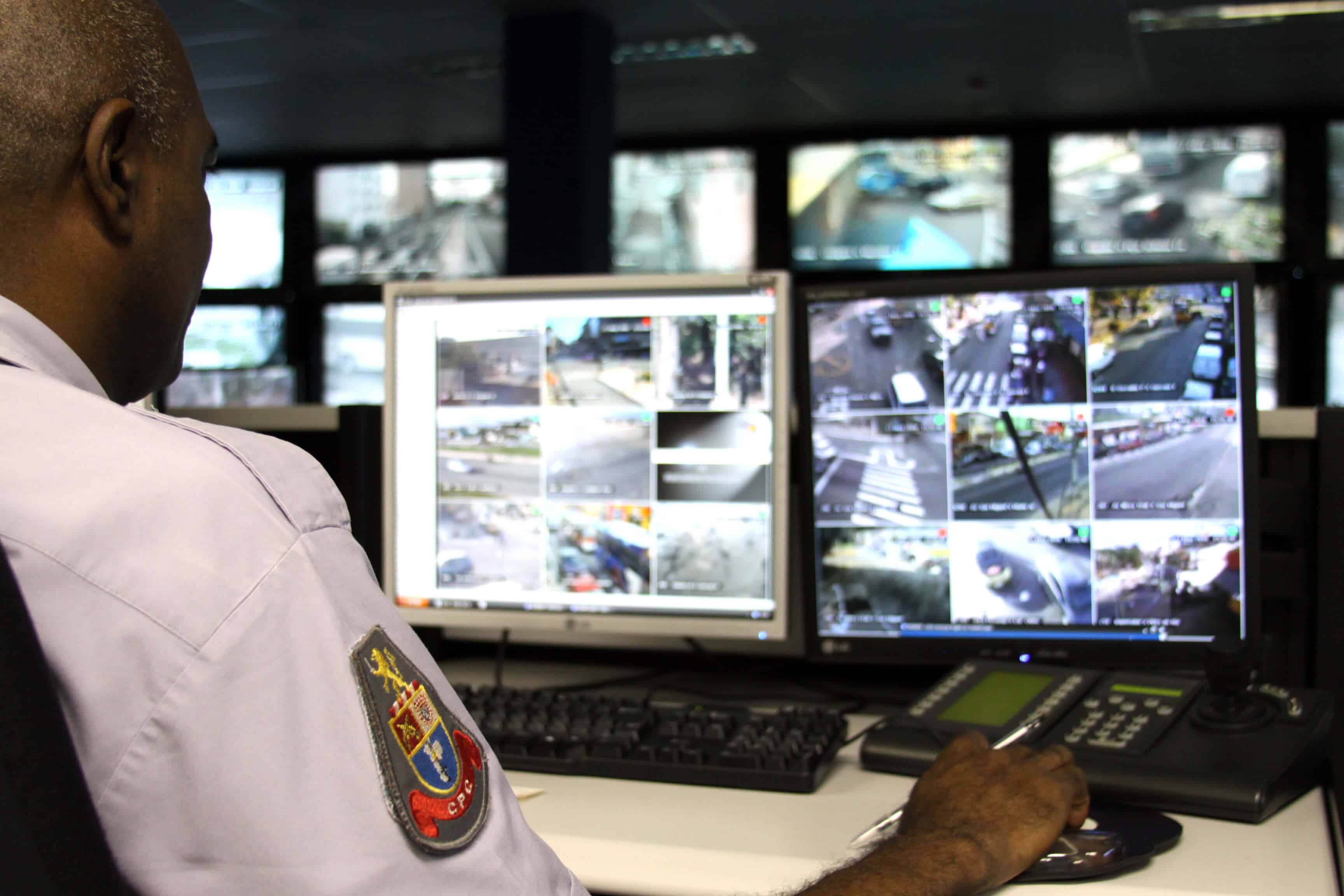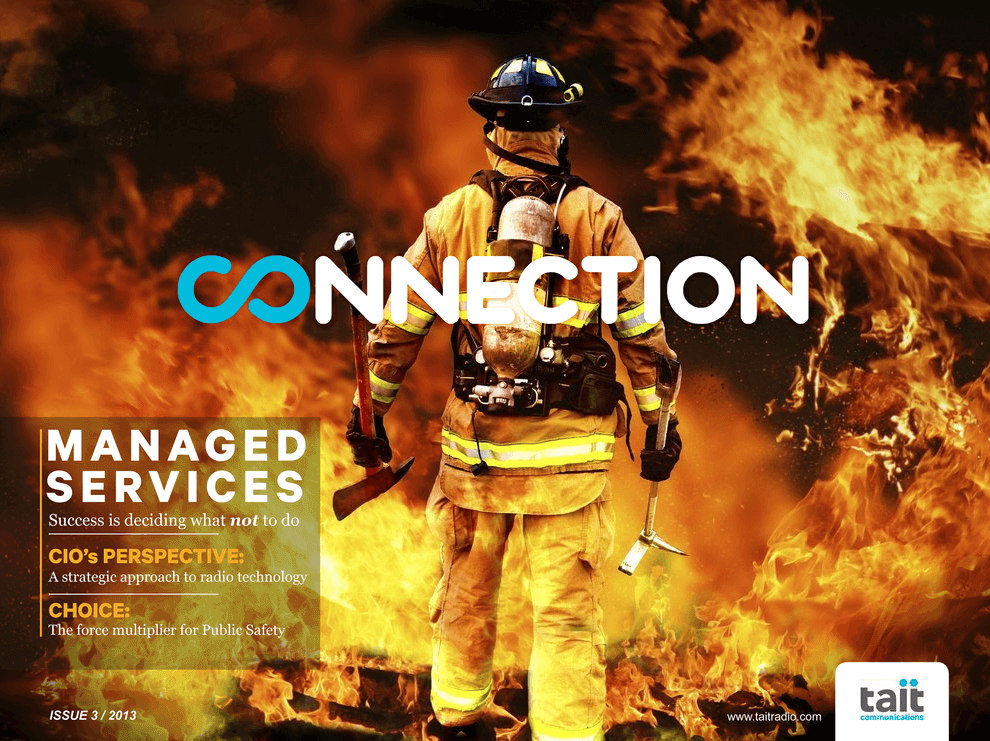By Marvin DuBois, Director of Product Marketing, Avtec, Inc.
Solving the challenges of digital radio.
 Much has changed in the last three years for those choosing the right ingredients for their Command Centers. The environment now includes new mobile radio technology choices, growing regulatory requirements, the need to consolidate dispatching locations and wide-area disaster recovery solutions. All of this contributes to a growing need for system design flexibility supporting multiple radio types, input/output, telephony and specialized computer-aided dispatch systems. System designers need to pay special attention to their choice of console. The architecture of the console is key, and determines certain limitations that could add risk and cost in the future.
Much has changed in the last three years for those choosing the right ingredients for their Command Centers. The environment now includes new mobile radio technology choices, growing regulatory requirements, the need to consolidate dispatching locations and wide-area disaster recovery solutions. All of this contributes to a growing need for system design flexibility supporting multiple radio types, input/output, telephony and specialized computer-aided dispatch systems. System designers need to pay special attention to their choice of console. The architecture of the console is key, and determines certain limitations that could add risk and cost in the future.
Traditionally, it has been major radio communication vendors who provided console systems, using an interface to work within their communication environments. Purchasers of those radios systems had few choices—only the products provided within the vendor’s catalog. Older consoles were based on a Time-Domain-Multiplexing (TDM) switch—a well-proven technology that has been used for decades in telephony systems. While these consoles can accommodate a wide variety of radio technologies and telephony—and even have IP connections “on the edges”—they have significant limitations. The proprietary hardware is typically large, expensive and inflexible for physical deployments. Often it is based on components with looming end-of-life issues, raising the risk of obsolescence and replacement in the near future.
Today, a new openness in the industry allows console systems to support many different radio infrastructures, including open interfaces such as the DMR Association Application Interface Specification (AIS) and the APCO P25 Console Sub-System Interface (CSSI). These new open console interfaces are implemented with a native IP connection that carries both voice and signaling between the console system and the radio infrastructure. Audio is encoded at the subscriber radio and routed all the way to the console without encountering transcoding, thus preserving audio quality. The leading industry trend has been to move toward a pure end-to-end IP architecture for the console system, running on standard commodity IT hardware and operating systems. Although some features of legacy systems are difficult to replicate, leading systems have now overcome these issues and are adding considerable customer value with innovative capabilities unheard of in TDM-based products. Systems offer a variety of dispatcher interfaces, from dedicated mission-critical hardware positions to software-only business critical seats.
Deploying a pure IP console is also a more IT-friendly solution. Benefits can include regular software updates with new capabilities and flexible system design supporting redundancy in distributed environments. Unfortunately, waning technologies often enter a phase where less investment is justified, which has the potential to strand the customer. While it may not be top-of-mind during the Command Center decision process, the scenario to avoid is realizing later that your organization must accommodate a new radio technology that your recently-purchased TDM-based console cannot.
Decision makers can limit their risk by being well informed and making a careful choice of their console by looking “under the hood” to ensure it is based entirely on IP, and not on TDM.
 This article is taken from Connection Magazine, Edition 3. Connection is a collection of educational and thought-leading articles focusing on critical communications, wireless and radio technology.
This article is taken from Connection Magazine, Edition 3. Connection is a collection of educational and thought-leading articles focusing on critical communications, wireless and radio technology.
Share your views, comments and suggestions in the Tait Connection Magazine LinkedIn group.



